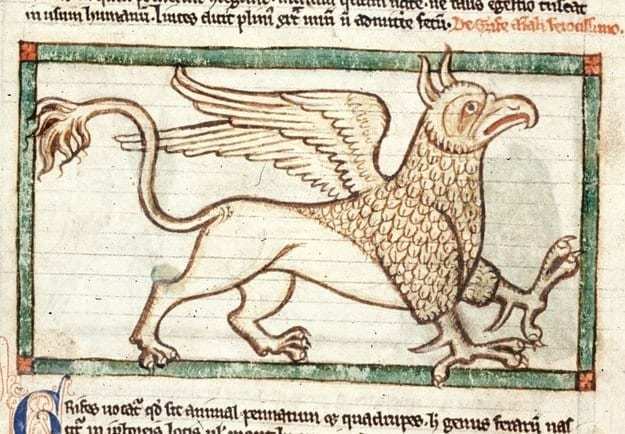The medieval Latin bestiary became a bestselling genre by the 12th century. The compilations of animals were based on folk legends, classical sources, and Christian writings. Each animal had a story to tell and offered the people of the Middle Ages a moral lesson.
The following is a list of the top 5 medieval beasts.

5. Amphisbaena
This lovely little creature was said to have originated in the Libyan desert, a serpent generated from the blood that dripped from Medusa’s head. Medusa had venomous snakes in place of hair and as the blood from those snakes dropped onto the ground, a serpent was spawned.
The amphisbaena has two heads and lived off a diet of ants. It has one head in the normal position and another at the end of its tail. This remarkable design allowed the amphisbaena to run in either direction.
And as Pliny the Elder commented, poison could be poured out of either mouth. The eyes of the amphisbaena shine like lamps and the serpent had no fear of the cold.
According to certain sources, eating the meat of the amphisbaena would make you irresistible to members of the opposite sex, and if that wasn’t enough, once you became irresistible, your newfound partner could wear an amphisbaena around their neck which would lead to a safe pregnancy.

